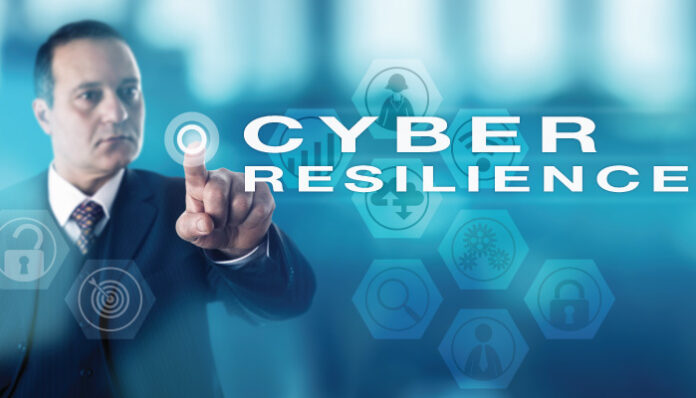Organizations must put people in a position to succeed by providing company-wide cybersecurity training to help lessen the burden on IT and security teams, reduce burnout and prioritize staff resilience.
The cybersecurity industry has been talking a lot about cyber-resiliency. But while “cyber-resiliency” refers broadly to an organization’s capacity to foresee, withstand, and recover from security incidents, many experts make the error of applying the term only to technology.
While it’s true that backup systems, detection and remediation tools, and other resources are crucial to cyber-resiliency, companies that only pay attention to technology risk ignore an equally vital component: people.
People Do Not Have to Be Vulnerable
People are often viewed as the weak link in security. They fall victim to phishing fraud. They delay installing security updates and use weak passwords. They misconfigure software and hardware, transfer sensitive files to the incorrect recipient, and leave cloud assets unprotected. One of the most obvious ways organizations think can strengthen security is to eliminate people from the equation, which is why so much cybersecurity technology involves automation.
Also Read: Cybersecurity in the Post-Pandemic World: Re-thinking Long-Term IT and Security strategies
Although it’s true that people make mistakes, many of them occur because they aren’t given the proper tools for success. A good example is phishing. Although most individuals are familiar with the idea of phishing, many might not be aware of the techniques that attackers use. Employees who have not received adequate training may not be aware that attackers often pose as actual employees within the company. Companies that want strong cyber-resiliency must stop pretending that people don’t exist. Instead, they must place equal importance on the resilience of their people and their technology.
Training the workforce to spot the telltale indicators of common attack strategies, practice better cyber and password hygiene and report signs of unusual activity can help alleviate the burden on IT and security teams. It also steers clear of some of the pitfalls that waste their time and money. The cyber-resiliency of enterprises will be greatly enhanced by ensuring that people at every level of the organization are more resilient.
Building Support Systems
The pandemic – with the acceleration of cloud adoption, digital transformation, and remote work – perfectly captures the need to prioritize people. Since the pandemic began, security teams have been under constant pressure to do more, consider more variables, and set up new capabilities. These teams are worn out, and employee burnout is a serious issue. They require support from their companies.
Because people still make the most crucial decisions, despite how valuable modern cybersecurity solutions are, it is essential to prioritize their resilience. Overworked and tired employees who don’t feel valued by their organizations are more prone to lapses in judgment. To understand the needs of the IT and security teams, it is crucial to keep an open line of communication. Employees who consistently work 12-hour days aren’t just more likely to make mistakes. They’re more inclined to quit in search of a better opportunity that allows them to maintain a healthy work-life balance. To reduce the burden on these teams, companies must be ready to hire and train new people.
Learning to see signs of burnout in employees, encouraging a culture of well-being, and talking openly about burnout and how companies are addressing it will make for a more resilient team. After all, recovery in both people and technology is what resilience is all about.
Also Read: Top Four Cybersecurity Gaps Enterprises Must Address Right Away
Never Undervalue the Importance of People
Too many companies today believe that employees can be replaced, but those that wish to withstand the threats of the present day must understand the importance of a motivated, contented, well-rested, and trained workforce. Cyber-resiliency is about empowering people to make the best decisions and ensuring that they have the support and knowledge they need to do so. It is not just about having the right technology in place to address modern attackers.
For more such updates follow us on Google News ITsecuritywire News









